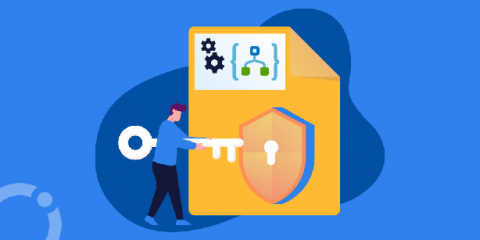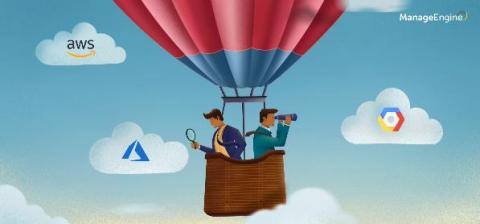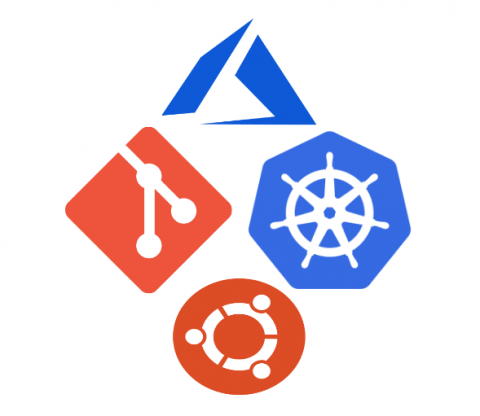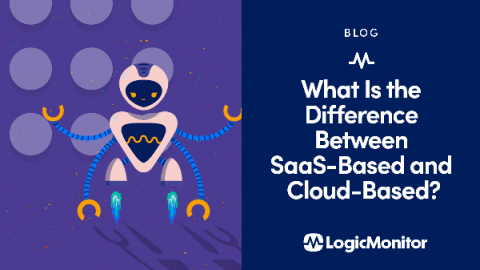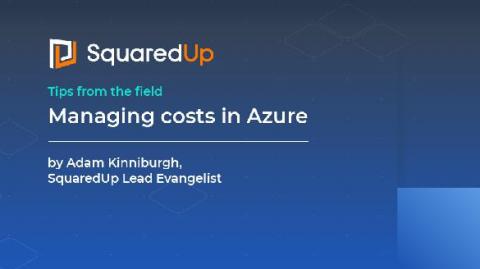Operations | Monitoring | ITSM | DevOps | Cloud
Cloud
The latest News and Information on Cloud monitoring, security and related technologies.
Five worthy reads: How should your business approach multi-cloud adoption?
Businesses are emphasizing remote work options, and workers are now accessing more applications and data from their respective locations using the cloud. Even before opting for the current work-from-home mode, it was predicted that 83 percent of the workload will be on cloud for all enterprise activities. It was also predicted that 73 percent of workers from all the departments will be telecommuting by 2028. Looking at the on-going trend, these are highly likely to happen.
A time machine for your env variables
One of the great things about Lumigo is that it records a lot of context about each Lambda invocation. This includes the invocation event and its return value, as well as the environment variables that were in use at the time. I find this super helpful because it gives me all the relevant information about an invocation in one place. I don’t have to jump between different screens to find the relevant information and then piece the clues together in my head.
Roadmap to Backend Developer on Serverless Infrastructures
Roadmap.sh is a quite popular Github repo providing community-driven guidelines for professionals willing to join or develop a software career. From Backend to Fullstack to DevOps. I missed some details there about Serverless environments and thought about sparking a discussion around this. Perhaps these ideas can mature and eventually become a contribution to the repository.
Spot Achieves Red Hat OpenShift Operator Certification for its Serverless Container Engine Ocean
Optimization and validation bring hands-free infrastructure for Kubernetes in public and hybrid clouds to Red Hat OpenShift customers 21 May, 2020 — Spot, a leading provider of software for modern CloudOps, today announced that Ocean by Spot has achieved Red Hat Operator certification for OpenShift.
Kubernetes GitOps with Azure Arc and Charmed Kubernetes
This week, Canonical announced the integration of Charmed Kubernetes with Microsoft Azure Arc. This integration provides businesses with a centralised place to manage their Kubernetes clusters and deploy their applications at scale, from cloud to the edge. The Azure Arc dashboard enables management and governance of any Kubernetes, across any substrate.
What Is the Difference Between SaaS-Based and Cloud-Based?
Software as a Service (SaaS) based and cloud-based products and services may sound like they’re referring to the same thing. True, if the service exists “in the Cloud,” it may be both SaaS and cloud-based. While your SaaS-based application will almost certainly be cloud-based as well, your cloud-based services may not always be SaaS-based. SaaS is a component of cloud computing.
Dashbird Webinar - Building Cost-Effective Serverless Applications
Improving the Prometheus exporter for Amazon CloudWatch
A Prometheus CloudWatch exporter is a key element for anyone wanting to monitor AWS CloudWatch. Exporting CloudWatch metrics to a Prometheus server allows leveraging of the power of PromQL queries, integrating AWS metrics with those from other applications or cloud providers, and creating advanced dashboards for digging down into problems. But, who watches the watcher? Despite those advantages, using the wrong exporter or an incorrect configuration can have bad consequences in production environments.
Tips from the field: Managing costs in Azure
If you’re reading this article, chances are you’re about to start moving into Azure and want to get your cost control right from the start, or you’re already on your journey and are running into problems getting a clear view of where you’re spending your money. Moving into Azure, or any other cloud, brings with it a new set of challenges that you just don’t face on-prem, and the big one is that pretty much everything incurs its own running cost.


